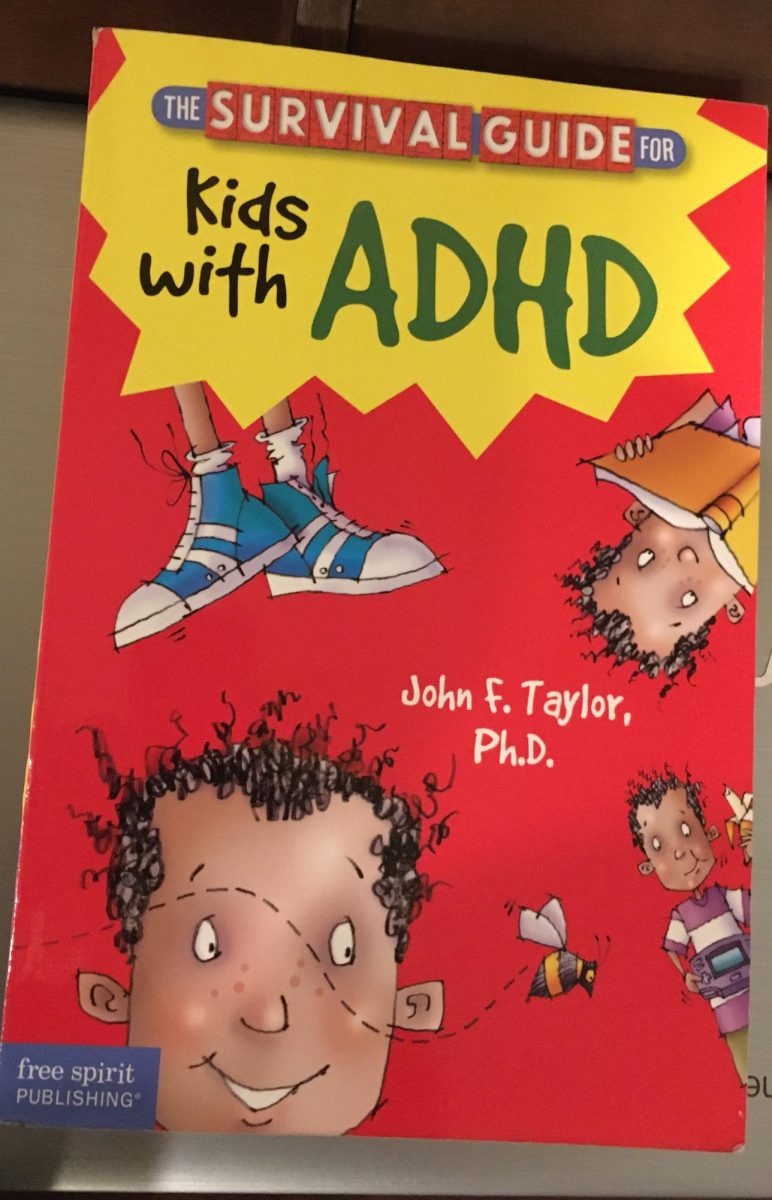Understanding the biological differences between sexes is crucial to knowing the best course of action in caring for both genders. This understanding is severely lacking in the medical world and has been for centuries, especially when it comes to the health and care of women.
The ignorance was formed by decades of gender bias and inequality, and it is what I dove deeper into in part one of this editorial. This second installment is focused more specifically on the underdiagnoses of women with ADHD and the numerous negative effects this issue causes.
For decades, the participants in medical studies were almost exclusively men and boys. The symptoms of women and girls were—and disturbingly often, still are—discounted for and passed off as hormones. Many people believed that women’s health was a lower priority than men’s health.
At best, this exclusion has led to a lack of knowledge, understanding, and positive results in medicine and diagnosis; at worst, it has been the cause of horrifying side effects and health issues. When drug trials are done strictly on men, the results are curated for men specifically. This factor has been discounted for too long, and women have been given the same formulations and dosages that do not work for them or, even worse, harm their bodies.
This is a pattern that can be seen throughout most areas of the medical field, one of which is the treatment of ADHD.
There are three main categories in which ADHD can present itself: inattentive ADHD, hyperactive/impulsive ADHD, and a combination of inattentive and impulsive ADHD. Men and boys often suffer more from the hyperactive/impulsive form, while many women and girls exhibit symptoms of the inattentive kind.
Coincidently enough, hyperactive/impulsive ADHD and the symptoms that it causes are the most well-known ADHD symptoms. When most people think of ADHD, they imagine fidgeting, acting without thinking, interrupting, being disruptive, etc. The symptoms that are disregarded—forgetfulness, making careless mistakes, short attention spans, and being unable to begin tasks—are the ones most girls with the disorder suffer from.
The diagnosis rate of ADHD in American men is 69% higher than it is in American women. One reason for this, aside from the others that have been mentioned previously, is that most with ADHD learn to mask their symptoms early on in life.
Masking, and ADHD masking specifically, is pretty much exactly what it sounds like. Put simply, masking is intentionally shifting behavior to disguise symptoms. Because women are both held under higher societal expectations from a younger age than boys are and are told that their symptoms are irrelevant and unimportant, young girls with ADHD unintentionally make the decision that masking their ADHD is the best solution.
This decision is inconceivably harmful to their futures. Studies show that in general, adult women with ADHD are much more likely to struggle with low self-esteem, and when the disorder is undiagnosed, this is amplified to an even greater extent.
Nearly every woman with undiagnosed ADHD struggles with severe anxiety, depression, and chronic stress due to their condition. Research also proves that ADHD, especially when it is not recognized and treated, can cause difficulty in relationships.
One study done in 2016 showed that the spouses of people with ADHD experience more feelings of neglect in their relationship and less overall marital happiness. Even more interesting, other research indicates that the husbands of women with ADHD are less tolerant of their wives’ condition than women whose husbands have ADHD.
Evidently, the extreme underdiagnosis of women who suffer from ADHD is a horrific issue that has been passed down through generations of inherited gender bias and the societal expectations placed on women. It needs to stop. There is no excuse for the effects that undiagnosed neurodivergent disorders have on the entire lives of those who have to deal with them. While the medical field has definitely started to take steps in the right direction, such as including women in clinical trials and research, there is still a far too long way to go.


























































































